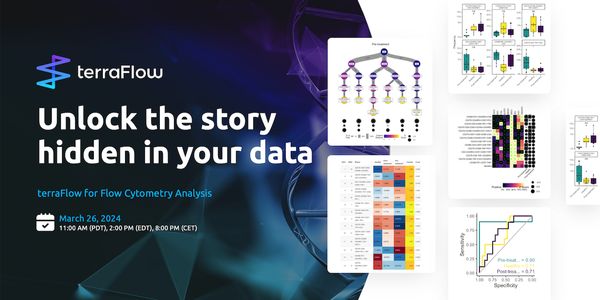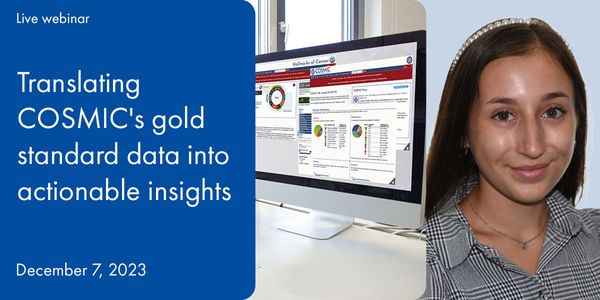
WEBINAR: Genome Editing for Functional Genomics and Drug Discovery
-
Chetana Revankar
Senior Staff Scientist, Cell Biology R&D, Thermo Fisher ScientificBIOGRAPHY -
Sanjay Kumar
Scientist, Thermo Fisher ScientificBIOGRAPHY
DATE: October 24, 2017
TIME: 09:00am PDT, 12:00pm EDT
Does your work involve disease models? Do you have a need to introduce specific genomic changes in the cells of your choice? Do you want to knock-out or knock-in a gene in your cellular model? If the answer to any of these questions is “yes” or you are just curious to learn about it, then this is a must-watch webinar for you.
The last few years have seen dramatic technical leaps in the ability to precisely manipulate the mammalian genome. Development of precision genome editing tools like TALENs (Transcription Activator-Like Effector Nuclease) and CRISPRs (Clustered Regularly Interspaced Palindromic Repeats) have enabled the specific introduction of targeted DNA double-strand breaks (DSBs). Cellular machinery primarily repairs these breaks via the non-homologous end joining pathway which can introduce small insertions or deletions at the break site (thereby causing a disruption). In the presence of a suitable donor DNA template, cellular machinery can also perform the break repair through the homology-directed repair pathway and precisely introduce the donor DNA molecule into the break site (knock-in). Various cell engineering strategies can be developed by leveraging the targeted DNA DSBs and DNA repair machinery and both TALENs and CRISPRs have been used to generate gene disruptions, perform SNP corrections and direct gene insertions.
The impact of the CRISPR/Cas9 system on drug discovery spans from creation of cellular models, to functional genomics screens that support target identification. These screens may provide a wealth of data on the normal function of the target genes and may also yield better validated targets for directed small molecule or biologic therapeutics. Ultimately, the hits from these screens can be followed up by using CRISPR technology to generate animal knockout models that could support translating the screen to a pre-clinical trial. This trial, in turn, could provide better correlation to the clinical setting and thereby reduce candidate drug attrition. Here we discuss the application of CRISPR/Cas9 screening in select cellular models ranging from a reporter assay based system to phenotypic assays.
WEBINAR: Genome Editing for Functional Genomics and Drug Discovery
Please update your information
Certificate of Attendance
DOWNLOAD CERTIFICATE
Finish Registering
-
APR 30, 2024Immuno-Oncology Virtual Event Series 2024
-
MAY 07, 20243rd International Biosecurity Virtual Symposium
-
MAY 23, 2024For the Love of Digital PCR 2024
- See More
-
APR 26, 2024
- See More













































